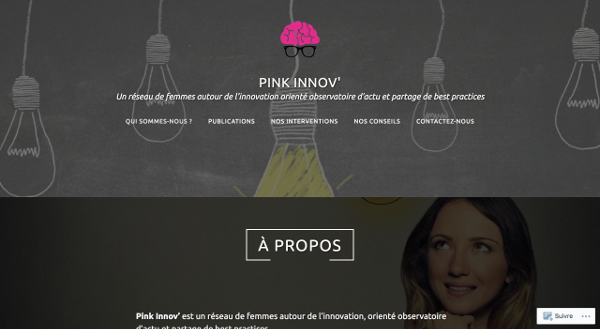In India biometric (eye), technological innovation for social progress: creation of the country’s first identity card
As much in the West the Digital is often perceived as a threat, as much in the developing countries the technological advances constitute immediate opportunities. This is the case for biometrics, irises and fingerprints in India.
Initiated in 2010, the Aadhaar (“foundation” in Hindi) is now the largest database of fingerprints and irises in the world.
Identity card of 1.13 billion people registered out of 1, 25 of Indian it is now adopted by either 99% of the Indian population and it also serves as a means of payment.
Since March 32 Indian banks have been providing this innovative method of payment by fingerprint payment. Called Aadhaar Pay, he uses the biometric information of the ten fingerprints and iris collected by the government since September 2010 to create the country’s first identity card.
The immediate objective was twofold: to identify the population (10% of Indians had no paper and therefore no access to rights) and to use biometric data to secure the allocation of numerous food or energy subsidies by avoiding the Diversion.
Beginning in 2014, the uses of the Aadhaar were extended to the point of becoming the “passepartout” of the daily life of Indians: opening telephone line, taxes, creating a bank account… This last use will also allow the regulation of the traditional mode of payment in cash corresponding to 90% of transactions today in India. Narendra Modi the Prime Minister launched a huge program “financial inclusion” which resulted in the creation of 123 million bank accounts in 2 years! Today, almost all households have at least one …
Even if all aspects of security remain to be finalized, for the moment the balance of the introduction of this technology of the biometric in a massive way is more than positive since it made a possible stage of disruptive progress in the Indian society.


